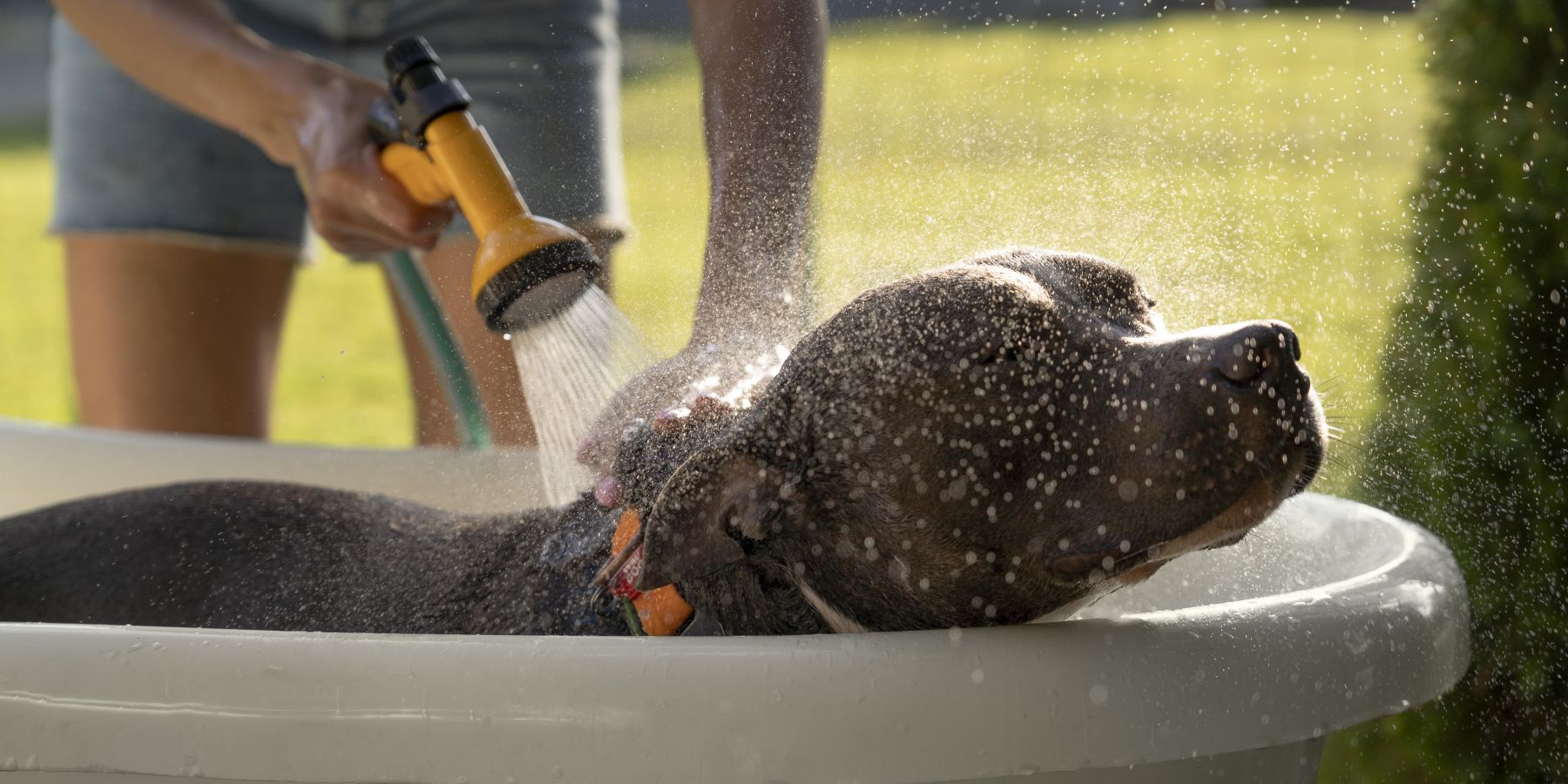When it comes to dog accessories, the dog harness vs collar debate often revolves around their maintenance, cost, and ease of use. These factors are crucial for any pet owner. Let's delve into these aspects to help you make an informed choice for your canine companion.
Maintenance and Durability
Maintenance is key in the dog harness vs collar conversation. Collars are generally easier to maintain. They're smaller, often made of durable materials like nylon or leather, and are easy to clean – just a quick wipe or a wash. Harnesses, on the other hand, have more straps and fabric, which means they can be a bit more of a hassle to clean and dry. However, they're just as durable as collars, if chosen correctly.
Cost Considerations
Cost plays a big role in the dog harness vs collar decision. Generally, collars are more affordable than harnesses. They're simpler in design, which often means a lower price tag. Harnesses, with their more complex designs and additional material, tend to be more expensive. However, the price of a harness can be justified by the added control and safety it offers, especially for dogs that pull or have specific health concerns.
Ease of Use
Ease of use is a crucial aspect of the dog harness vs collar debate. Collars are straightforward; they simply go around your dog's neck and fasten with a buckle or a clip. They're easy to put on and take off, which is great for dogs that are fussy about being handled. Harnesses require a bit more effort. They often have multiple straps that need to be adjusted for a proper fit, and some dogs might need time to get used to wearing them. However, once you and your dog are accustomed to the harness, it can be just as quick and easy to use as a collar.
Training and Control
When it comes to training and control, the dog harness vs collar choice is significant. Harnesses offer better control over dogs that are strong pullers or have not yet mastered leash manners. They distribute pressure evenly across the chest, reducing strain on the neck and back. Collars, while they can be effective for training, may not be suitable for dogs that lunge or pull aggressively, as they concentrate all the pressure on the neck.
Safety and Comfort
In terms of safety and comfort, the dog harness vs collar debate leans towards harnesses. They are safer for dogs prone to slipping out of collars, and they reduce the risk of neck injuries. For dogs with respiratory issues, a harness is definitely the better choice. Collars, though, are lightweight and less intrusive, which might be more comfortable for some dogs, especially those with sensitive skin or a thick coat.
Conclusion
The dog harness vs collar decision is a personal one, based on your dog's specific needs, behavior, and your lifestyle. Consider maintenance, cost, and ease of use when making your choice. Remember, the right harness or collar should be comfortable, safe, and appropriate for your dog's activities. Whether you choose a harness or a collar, the most important thing is the well-being and happiness of your furry friend.


